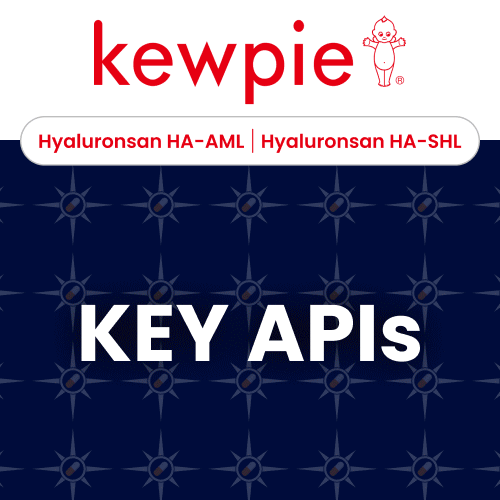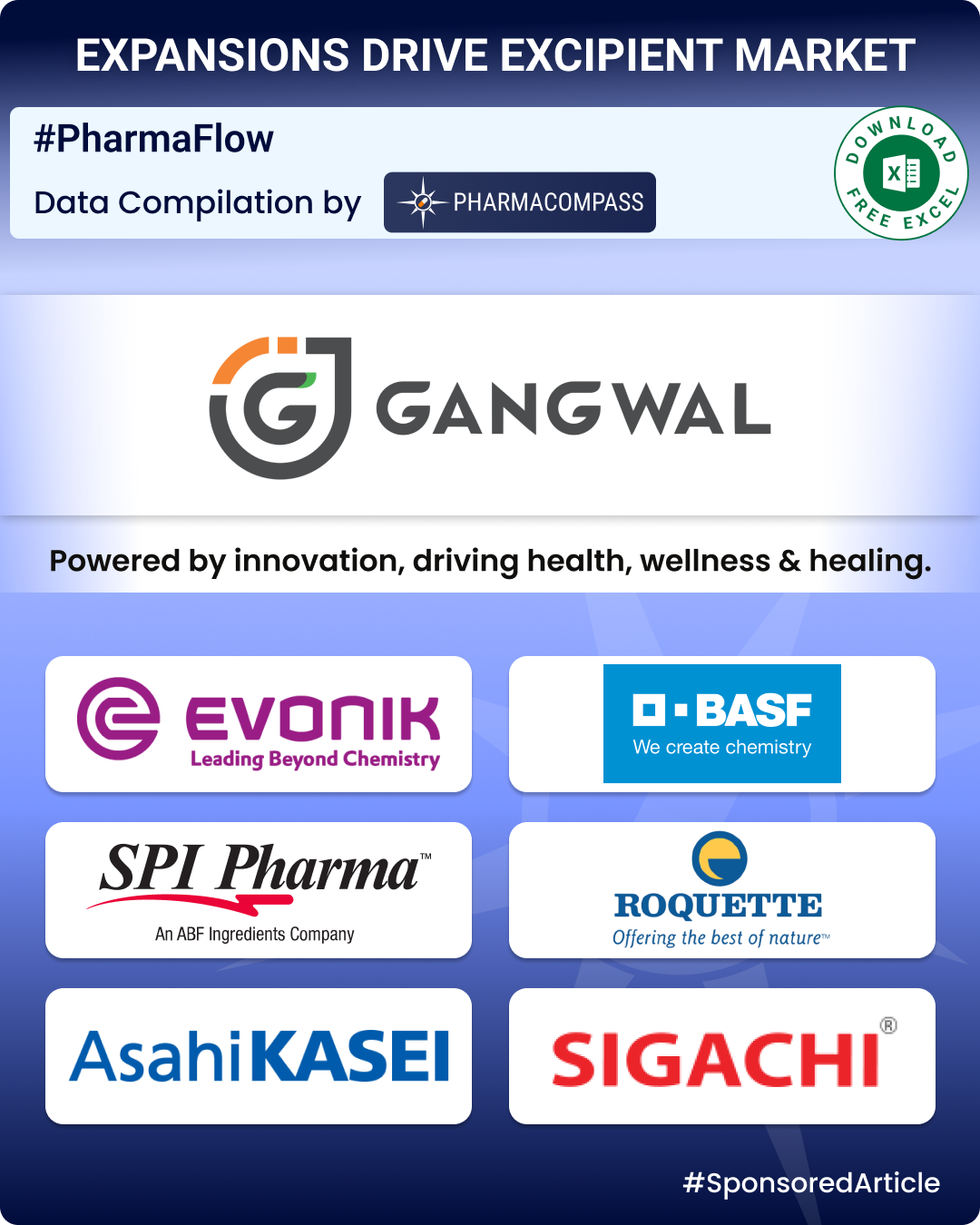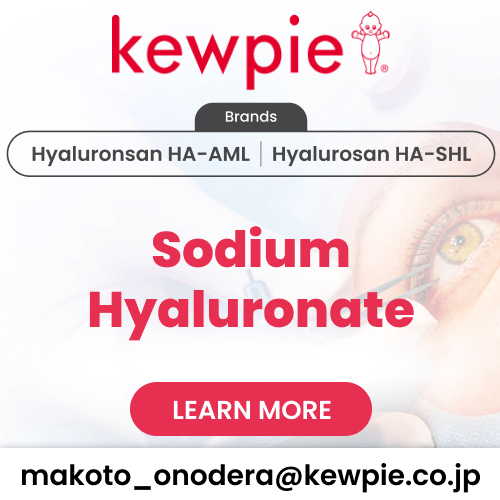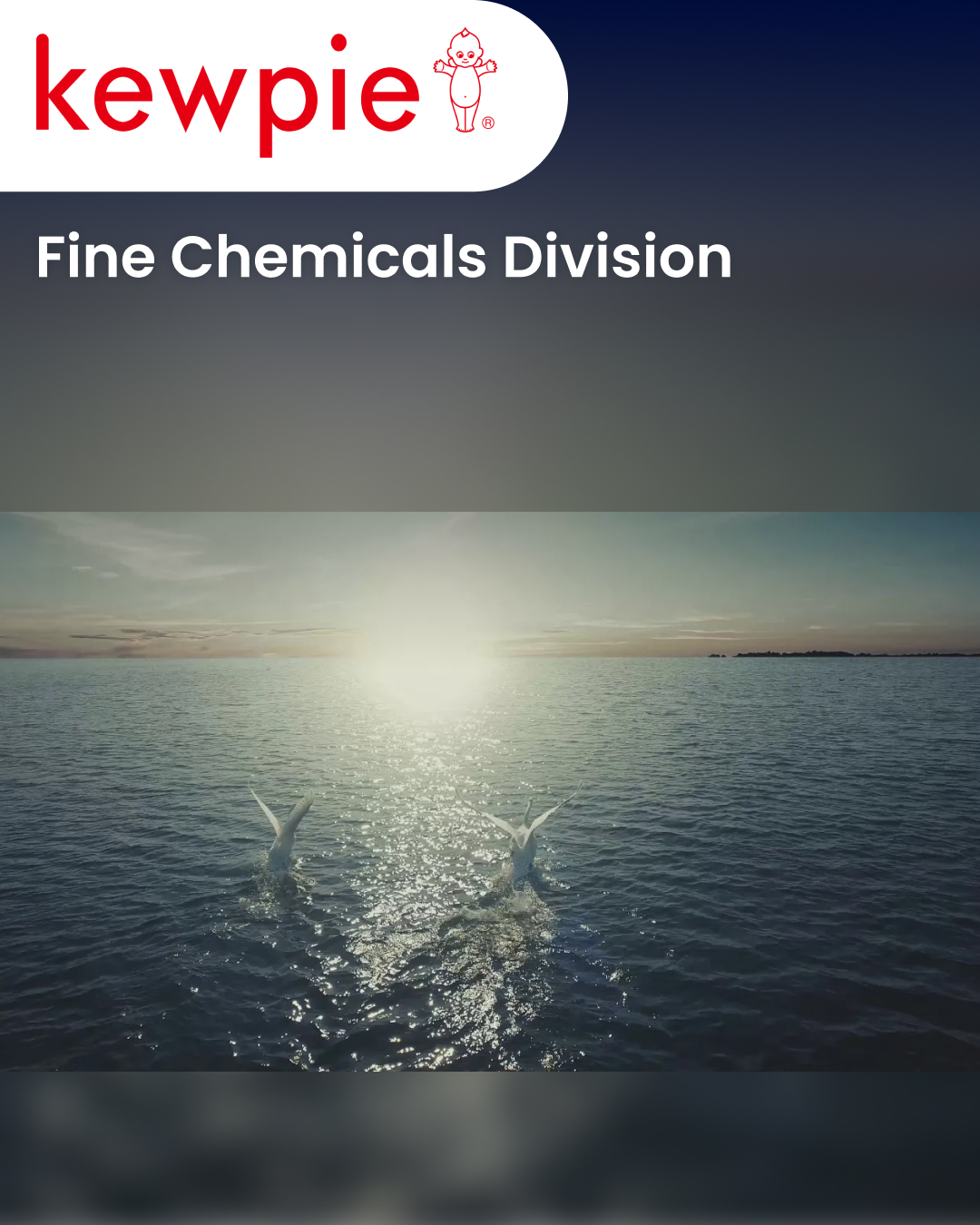06 Jan 2026
// PRESS RELEASE
06 Jan 2026
// PRESS RELEASE
02 Dec 2025
// PRESS RELEASE
 KEY PRODUCTS
KEY PRODUCTS
Kewpie is your partner for Sodium Hyaluronate & Hyaluronic Acid// CEP, USDMF, KDMF & JDMF registered.
About
Industry Trade Show
Not Confirmed
24-26 February, 2026
Industry Trade Show
Exhibiting
21-23 April, 2026
Vitafoods EuropeVitafoods Europe
Industry Trade Show
Exhibiting
05-07 May, 2026
CONTACT DETAILS





Events
Webinars & Exhibitions
Industry Trade Show
Not Confirmed
24-26 February, 2026
Industry Trade Show
Exhibiting
21-23 April, 2026
Vitafoods EuropeVitafoods Europe
Industry Trade Show
Exhibiting
05-07 May, 2026
CORPORATE CONTENT #SupplierSpotlight
https://www.pharmacompass.com/radio-compass-blog/excipient-market-overview-evonik-launches-high-purity-excipients-india-mandates-disclosures-from-march-2026
https://www.pharmacompass.com/radio-compass-blog/excipient-market-overview-roquette-announces-restructuring-post-iff-pharma-buyout-who-fda-advance-regulatory-frameworks
https://www.pharmacompass.com/radio-compass-blog/excipient-market-overview-roquette-seqens-evonik-make-strategic-moves-new-guidelines-deal-with-contamination

06 Jan 2026
// PRESS RELEASE
https://www.kewpie.com/en/newsrelease/pdf/2026/newsrelease_20260106.pdf

06 Jan 2026
// PRESS RELEASE
https://www.kewpie.com/en/ir/pdf/news/2026/260106_Notice_of_the_Progress_of_Acquisition_by_the_Company_of_its_Own_Shares.pdf

02 Dec 2025
// PRESS RELEASE
https://www.kewpie.com/en/ir/pdf/news/2025/251202_Notice_of_the_Progress_of_Acquisition_by_the_Company_of_its_Own_Shares.pdf

27 Nov 2025
// PRESS RELEASE
https://www.kewpie.com/en/ir/pdf/news/2025/Notice_of_Purchase_of_Fractional_Shares_by_the_Company_in_connection_with_the_Share_Exchange_Reorganization.pdf

02 Oct 2025
// PRESS RELEASE
https://www.kewpie.com/en/ir/pdf/news/2025/Notice_regarding_Revision_of_the_Forecasts_of_Consolidated_Operating_Results_for_the_Fiscal_Year_Ending_November_30_2025.pdf

02 Oct 2025
// PRESS RELEASE
https://www.kewpie.com/en/ir/pdf/accounts/2025/Supplementary_Data_for_the_First_Nine_Months_of_the_Fiscal_Year_Ending_November_30_2025.pdf
Excipients
Excipients by Ingredients
Excipients By applications
ABOUT THIS PAGE
Kewpie Corporation is a supplier offers 5 products (APIs, Excipients or Intermediates).
Find a price of Sodium Hyaluronate bulk with DMF, CEP, JDMF offered by Kewpie Corporation
Find a price of Sodium Hyaluronate bulk with DMF, JDMF offered by Kewpie Corporation
Find a price of Hyaluronic Acid bulk with JDMF offered by Kewpie Corporation
Find a price of Sodium Hyaluronate bulk with JDMF offered by Kewpie Corporation
Find a price of Sodium Hyaluronate bulk offered by Kewpie Corporation


 Kewpie Corporation
Kewpie Corporation




